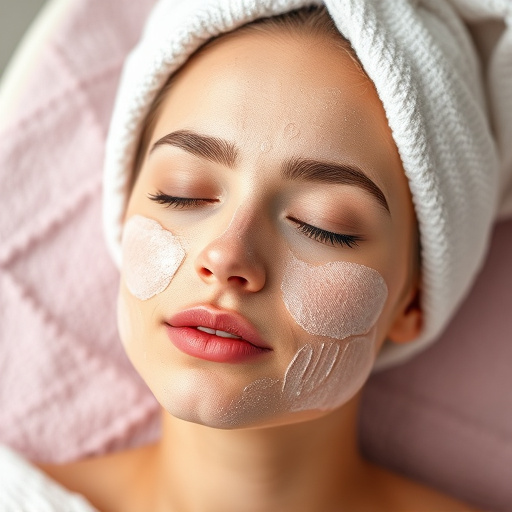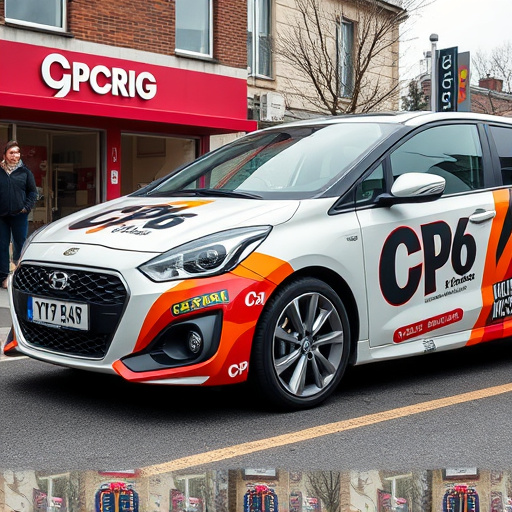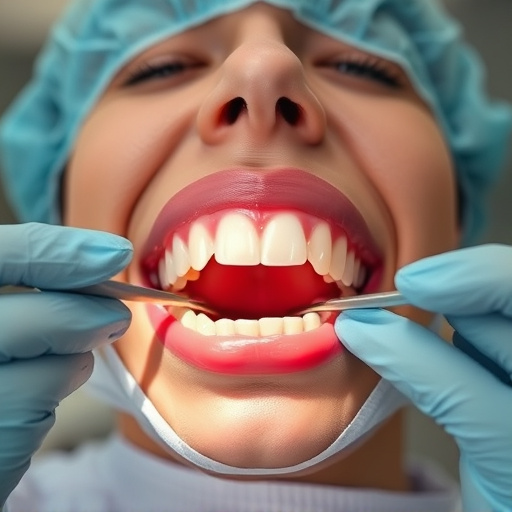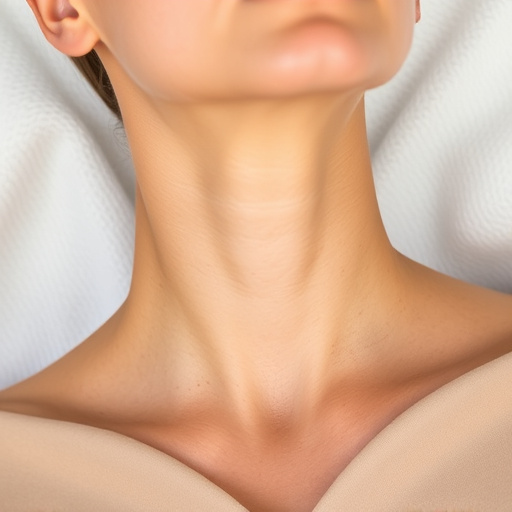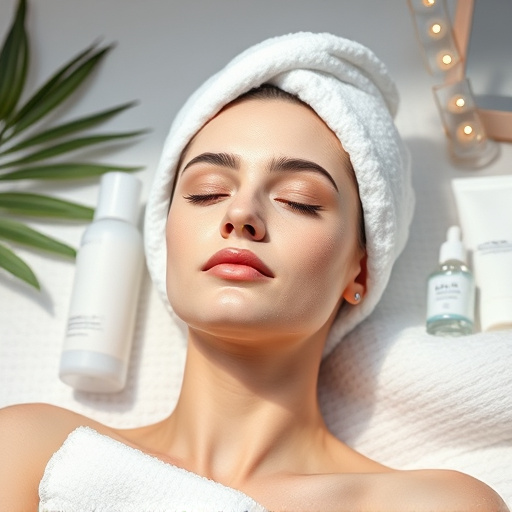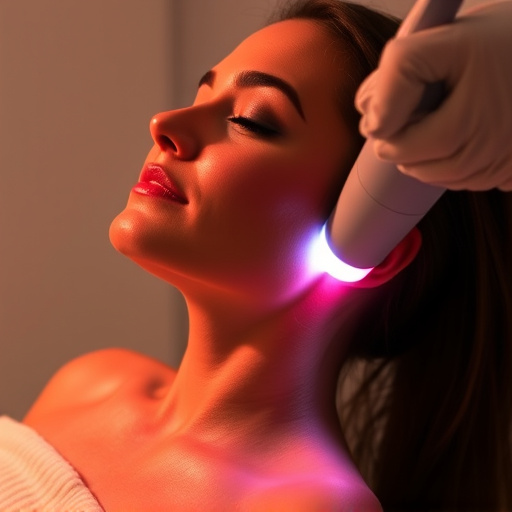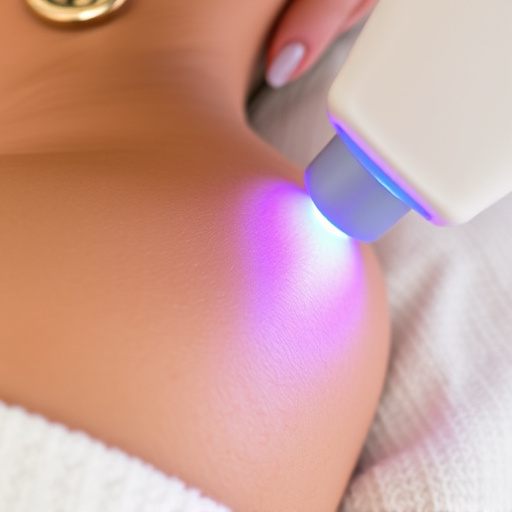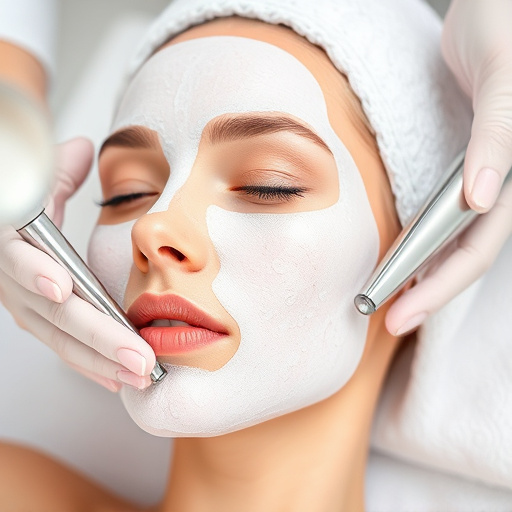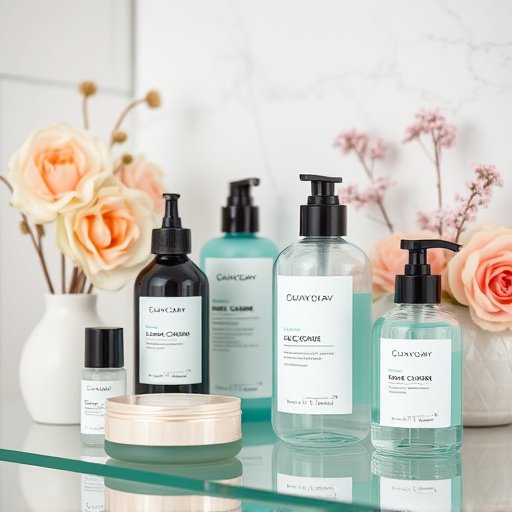Stretch marks, or striae, are common in individuals with combination skin types due to rapid stretching of the dermis. To prevent and manage these marks, maintaining moisture balance is key. Effective stretch mark treatment methods like microneedling, topical treatments (retinoids, chemical peels), and non-invasive options (hydration, balanced diet) target the dermis to stimulate collagen production, hydrate skin, and exfoliate dead cells, improving texture and tone across all skin tones, especially in those with combination skin. Personalized skincare routines are also recommended for gentle yet successful repair.
Stretch marks, often a concern for many, can particularly affect combination skin types due to its unique characteristics. This article delves into the intricate relationship between stretch marks and combination skin, offering insights into effective treatment options. We explore both topical remedies, ranging from creams to oils, and non-topical approaches tailored for sensitive skin. Understanding these treatments is key to achieving a smoother, more even complexion. Discover the best practices for stretch mark treatment and embrace your skin’s journey towards radiance.
- Understanding Stretch Marks and Their Impact on Combination Skin
- Topical Treatments for Reducing Stretch Marks: A Comprehensive Overview
- Non-Topical Approaches to Addressing Stretch Marks in Sensitive Combinational Skin Types
Understanding Stretch Marks and Their Impact on Combination Skin
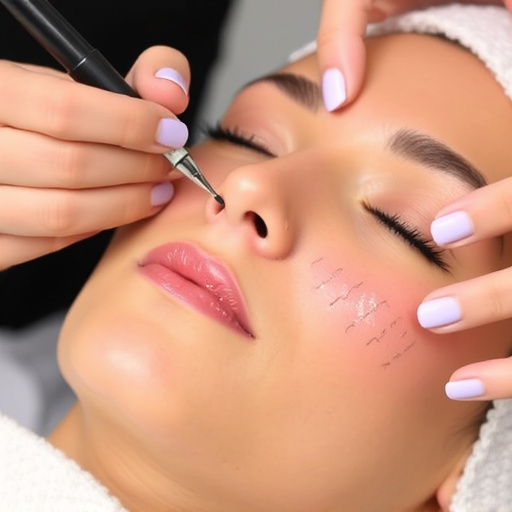
Stretch marks, also known as striae, are a common skin concern that can affect individuals of all skin types, including those with combination skin. They typically appear as thin lines or indentations on the surface of the skin, often forming when the dermis (the skin’s underlying layer) stretches rapidly during rapid growth or weight changes. For combination skin types, which often present with both oily and dry areas, stretch marks can be particularly noticeable and challenging to manage due to the skin’s unique texture and sensitivity.
Combination skin is characterized by varying levels of oiliness and dryness across different zones, making it prone to a range of cosmetic concerns. When a person gains or loses weight quickly, the delicate balance of moisture and elasticity in combination skin types can be disrupted, leading to stretch mark formation. These marks not only impact the visual aesthetic but can also affect self-confidence. Therefore, understanding effective stretch mark treatment methods is essential for those seeking to address this issue, especially when considering suitable aesthetic treatments like microneedling therapy or exploring anti-aging treatments to maintain skin health and resilience.
Topical Treatments for Reducing Stretch Marks: A Comprehensive Overview
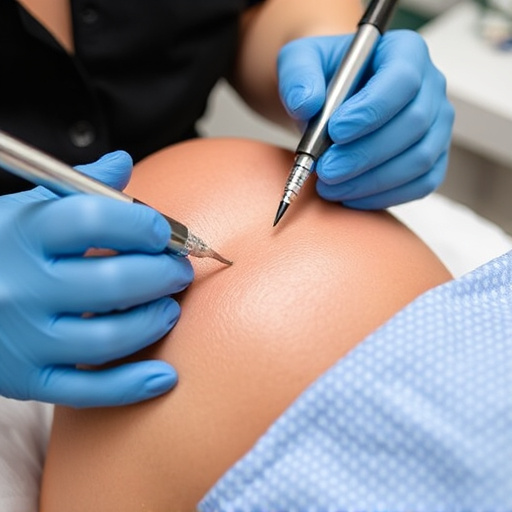
Topical treatments offer a promising solution for those seeking to reduce the appearance of stretch marks, especially for combination skin types. These treatments work by targeting the dermis, the layer of skin beneath the surface, where collagen and elastin play a crucial role in skin elasticity. One popular option is retinoids, derivatives of vitamin A, known for their ability to stimulate collagen production and improve skin texture. They are effective for various skin tones and types but should be introduced gradually to avoid irritation.
Hydrating facials and anti-aging treatments also find relevance here. Ingredients like hyaluronic acid can deeply hydrate the skin, plumping it up and reducing the visibility of stretch marks. Additionally, skin rejuvenation techniques, often involving chemical peels or microdermabrasion, can exfoliate dead skin cells, revealing smoother, more even-toned skin. These methods are particularly beneficial for combination skin as they address both dryness and oiliness while promoting overall skin health.
Non-Topical Approaches to Addressing Stretch Marks in Sensitive Combinational Skin Types
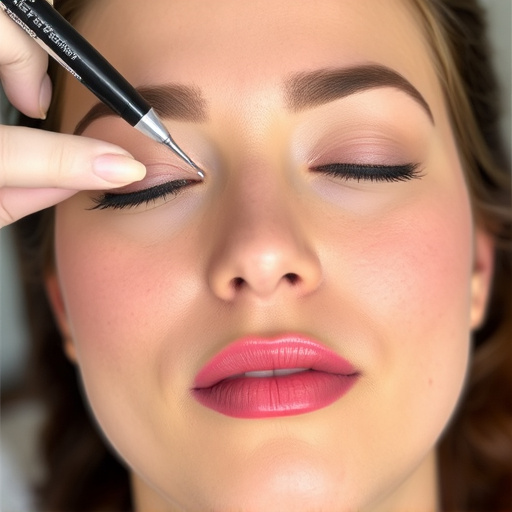
Non-topical approaches to addressing stretch marks in sensitive combinational skin types offer a gentle yet effective alternative to conventional treatments. One such method involves incorporating specific lifestyle changes, like maintaining proper hydration and adopting a balanced diet rich in vitamins and minerals. Adequate water intake supports skin elasticity, while nutrient-dense foods promote overall skin health, potentially minimizing the appearance of stretch marks over time.
Additionally, emphasizing personalized skincare routines can be transformative. Customized facials tailored to individual needs, combined with targeted products for skin brightening, can help soothe and repair combinational skin. These non-topical strategies focus on nurturing the skin from within, ensuring that treatments are both safe and effective for sensitive areas prone to stretch marks.
In conclusion, managing and treating stretch marks on combination skin types requires a nuanced approach. By understanding the unique challenges of this skin condition and exploring both topical and non-topical solutions, individuals can effectively reduce visible stretch marks and achieve healthier-looking skin. Incorporating the right treatments into your skincare routine can lead to significant improvements, offering a more even and supple complexion without further irritating sensitive areas.


